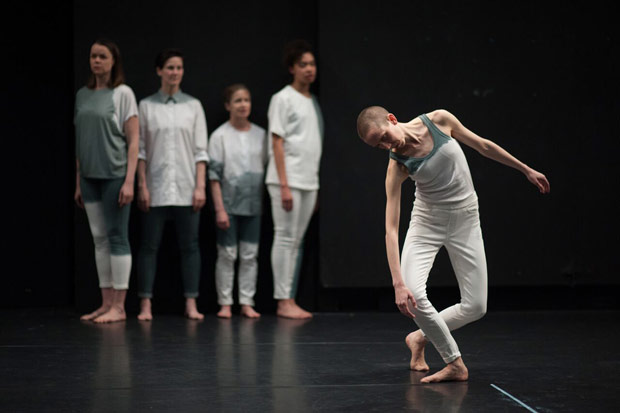
© Chris Nash. (Click image for larger version)
Julie Cunningham & Company
Sarah Kane’s Crave
★★✰✰✰
London, Barbican Pit
juliecunninghamandcompany.co.uk
www.barbican.org.uk
Crave, the latest work from British choreographer Julie Cunningham, co-mingles dance and drama to probe the dark, disquieting tangles of Sarah Kane’s 1998 play of the same name. Cunningham is a Rambert School of Ballet and Contemporary Dance graduate whose impressive resume includes stints at Merce Cunningham Dance Company and Michael Clark Company, as well as a handful of fellowships and associations with the likes of Siobhan Davies Dance and Sadler’s Wells. She currently leads and performs with her own contemporary company, launched in 2017, and appears here alongside three fellow dancers as well as four actors.
Kane’s text is turbulent and despairing, a thorny nest of confessions and queries alluding to love, abuse and bereavement. There are no concrete characters or storylines, only unnamed voices who offer fragmented lines and disjointed exchanges. This challenging material is made even more so by Cunningham’s abstract, austere choreography, staged in tandem with Joyce Henderson: the eight performers – all women – spend an hour slowly winding their way around the stage, the actors delivering lines and the dancers shifting between them, with few spikes in pace or intensity to deepen the texture or heighten the tension.

© Chris Nash. (Click image for larger version)
The dancing feels surprisingly lifeless given the fiery potential of the subject matter. Instead of engaging with the text’s furious, pitiful laments, it gives the impression of simply occurring alongside them, an assembly of sparse and detached gestures that barely react to the words spoken, let alone animate their vigour. Only a few sequences stand out as memorable, including a tussle between actor Anne Martina Freeman and Cunningham herself as the former narrates the vicious arc of a failed relationship. Cunningham’s frame is agile, elegant, though regrettably underused, even in this expressive phrase.
Elsewhere there’s stretching, rocking, balancing, the dancers maintaining a slow, at times sluggish, pace. They crouch and rise to form some beautiful lines, and occasionally interact in short bursts of agitation, but the choreography remains mostly pose-based and disappointingly removed from the acting, which is not without its own issues (namely overwrought delivery). The opening scene broadcasts snippets of giggling children and other sounds of the street, while the final moments of the show see a door open, soft amber light trickling in, but in between it’s down to the actors’ utterances and the dancers’ movement to fill the space – again, a directorial decision that feels monotonous, uninspired.
The programme notes indicate the importance of this work to its creator and performers, and consideration has clearly gone into the possibilities of Kane’s script – the way its register might shift with an all-female cast, for example. Ultimately, though, the choreography does little to enhance the stories of the figures referenced in the text, the anonymous ‘yous’ and ‘wes’ and ‘hes’ and ‘shes’ whose pain it so vigorously expounds. I found myself stuck on one of the early lines of the play: “What’s this got to do with anything?”







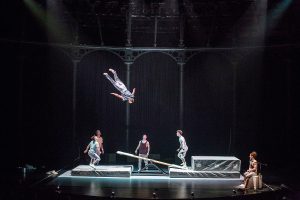
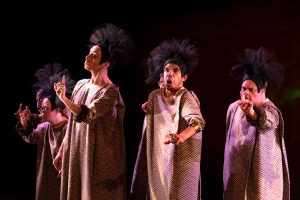
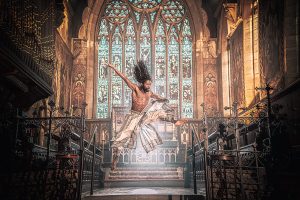

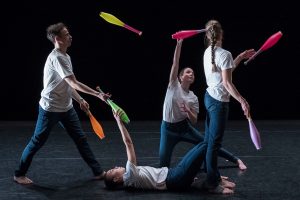
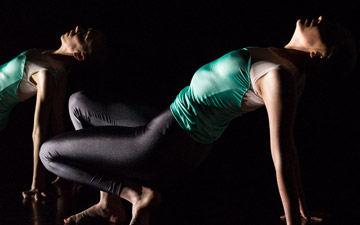


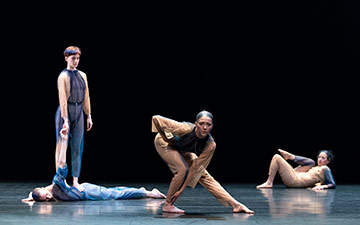
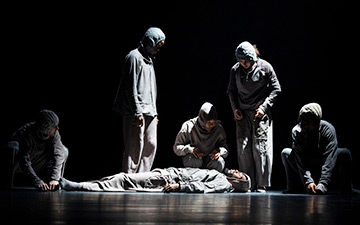
You must be logged in to post a comment.